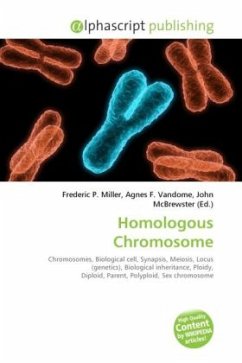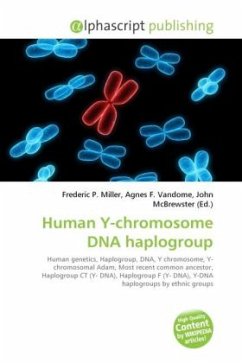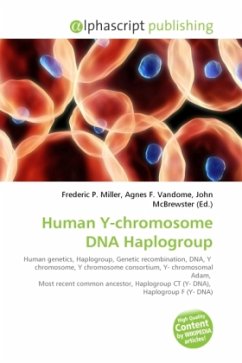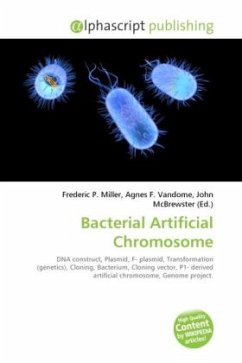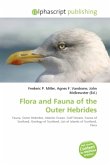High Quality Content by WIKIPEDIA articles! Homologous chromosomes are chromosomes in a biological cell that pair (synapse) during cell division during the creation of gametes (meiosis). Each chromosome pair contains genes for the same biological features, such as eye color, at the same locations (loci) on the chromosome. Each chromosome pair can contain the same allele (both alleles for blue eyes) or different alleles (one allele for blue eyes and one allele for brown eyes) for each feature. Non-homologous chromosomes representing all the biological features of an organism form a set, and the number of sets in a cell is called ploidy. In diploid organisms (most plants and animals), each member of a pair of homologous chromosomes is inherited from a different parent. But polyploid organisms have more than two homologous chromosomes. Homologous chromosomes are similar in length, except for sex chromosomes in several taxa, where the X chromosome is considerably larger than the Y chromosome. These chromosomes share only small regions of homology.
Bitte wählen Sie Ihr Anliegen aus.
Rechnungen
Retourenschein anfordern
Bestellstatus
Storno

